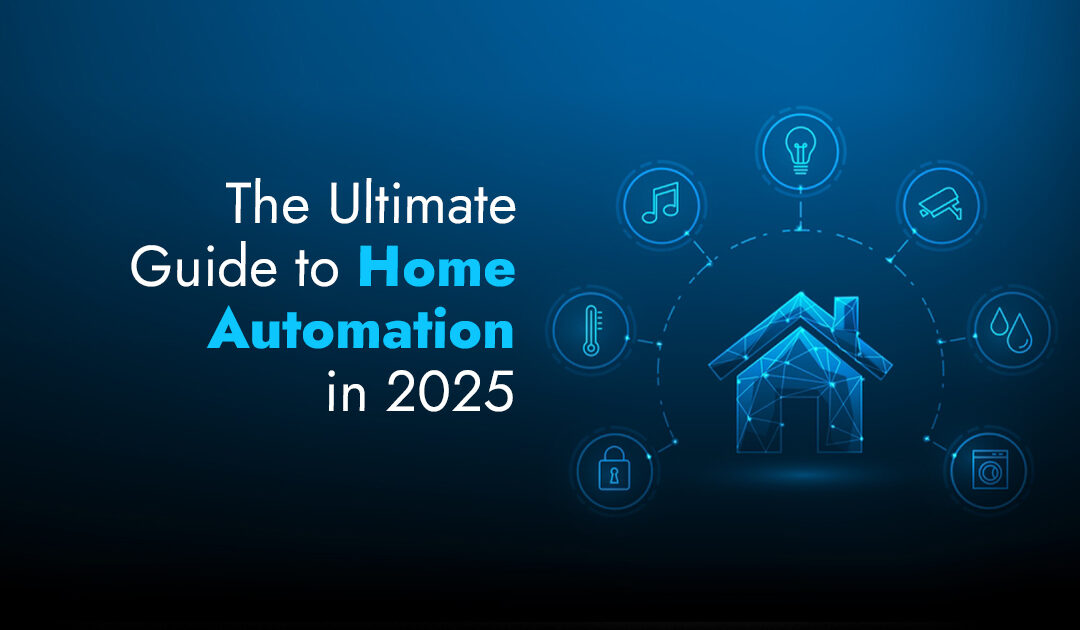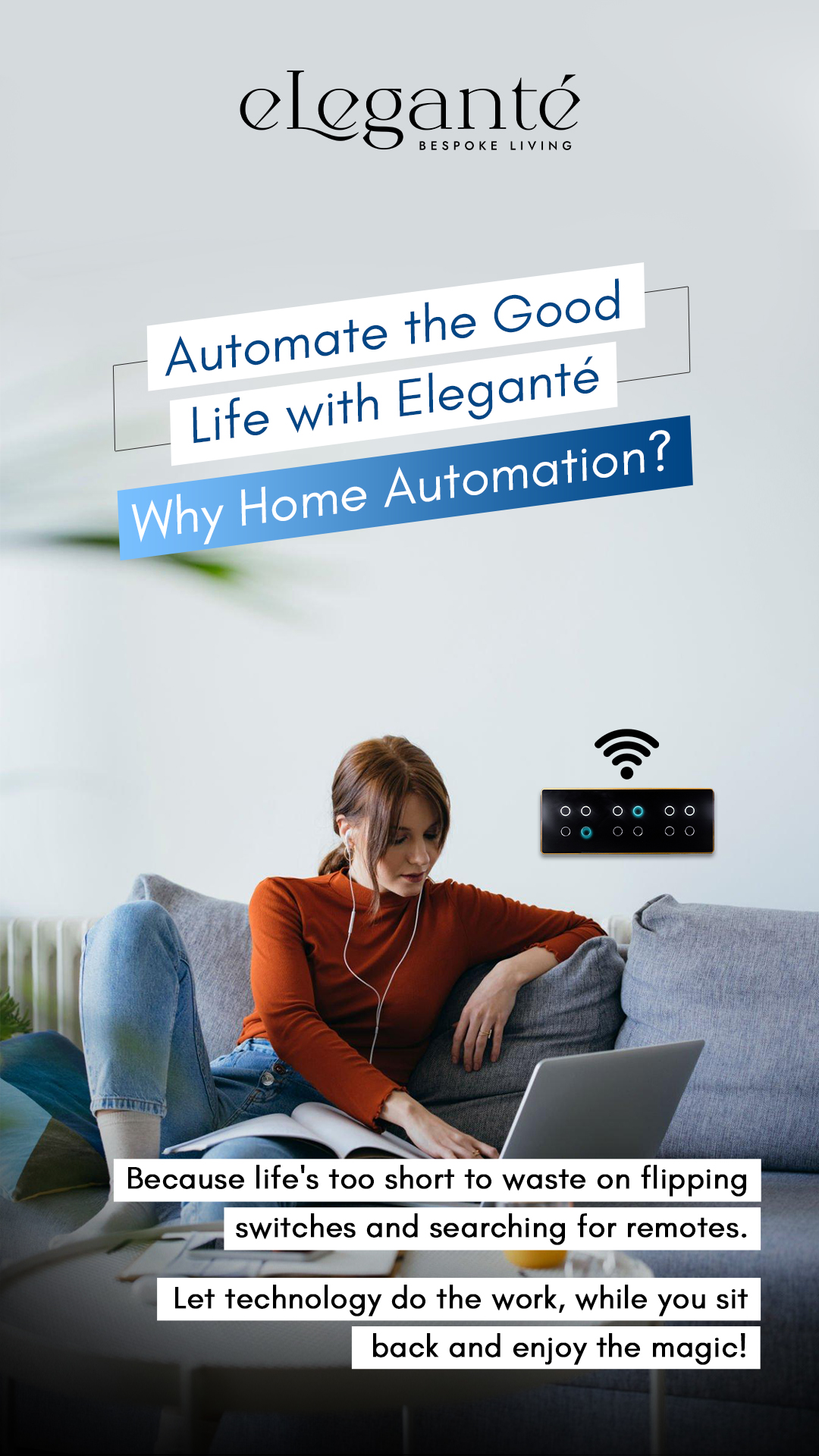Welcome to 2025, the year the smart home has truly arrived. It’s evident now that having an intelligent home isn’t merely some concept. Rather, it has turned into an important aspect of daily life, offering levels of ease, safety, and energy efficiency that might’ve been difficult even a decade ago. Now, it is extremely easy to establish a smart home environment that perfectly aligns with your personal needs and how you live.
Imagine walking into your house, and it anticipates what you want before you think of it. The lights illuminate softly, the temperature is exactly the way you’d prefer, and your favorite music begins to play, all without you having to set everything up separately. This type of seamless experience isn’t science fiction anymore, but the reality of home automation happening today.
The entire intelligence of the home depends on the potent group of the Internet of Things (IoT) and Artificial Intelligence (AI). There is a colossal surge in smart devices made to connect to the internet and understand your likes and preferences. A major advancement assisting this transition is the advent of new standards like Matter, which are finally making sure that devices from a wide array of companies can communicate and work together efficiently, turning the whole system more friendly for the users.
The smart devices that run the house act as the central nervous system, or the brains of your home. They consist of smart hubs and voice assistants. Popular options like the Amazon Echo (4th gen.) and Google Nest Hub Max, with hubs such as Samsung SmartThings and Hubitat Elevation, provide you with unified monitoring over everything from your lighting and weather to your security systems and even your kitchen appliances.
The first step to making your house smarter is typically choosing a smart hub to serve as the central controller for all your devices. Popular and effective options include the Amazon Echo (4th gen) and the Google Nest Hub Max. After that, you may start installing smart devices, beginning with important areas like lighting and the thermostat. For climate control, energy-saving smart thermostats are designed to learn your routines and optimize energy use automatically. It’s essential to ensure that the devices you choose support common communication standards like Wi-Fi, Zigbee, Bluetooth, or the newer Matter protocol so they can reliably connect and interact. To better your home’s security, consider outdoor cameras for smart tracking.
The real magic of a smart home comes alive when you start setting up automated routines. Imagine your morning starting with lights that slowly brighten, the house warming to a comfortable temperature, blinds opening, and your favorite music starting to play—all triggered automatically. When you leave, your home can follow a routine to conserve energy by turning off lights and appliances, locking your doors, and arming the security system. For something like a movie night, a simple voice command could instantly dim the lights, close the blinds, and turn on the entertainment system, and you could even potentially integrate ordering takeout! Geofencing adds another layer of automation, allowing actions to occur based on your physical location, such as the garage door opening and exterior lights activating as you pull into your driveway.
If you’re wondering why you need to make the transition to a smart home, it is always good to know that the benefits are numerous and compelling. It offers unparalleled convenience through centralized control via a single app or voice commands. It significantly enhances your home’s security with remote monitoring capabilities, smart locks, and instant alerts. Smart technology leads to substantial energy savings, which translates directly into lower utility bills. Your home becomes a more comfortable and personalized space that truly fits your lifestyle. It can also improve accessibility for everyone in the household through intuitive voice control and automated features. Moreover, a smart home can even help you stay ahead of maintenance issues by providing alerts about potential problems.
The future isn’t waiting; it’s here now. In 2025, embracing the smart home is fundamentally about creating a living environment that actively understands and adapts to the rhythm of your life. With the help of the rapid advancements in AI, connectivity, and the increasing interoperability of devices, setting up an intelligent home is more accessible and offers greater advantages than before. By integrating these technologies, you are investing in a home that provides better convenience, improved security, improved energy efficiency, and a better quality of life for years to come.
Share this on:


